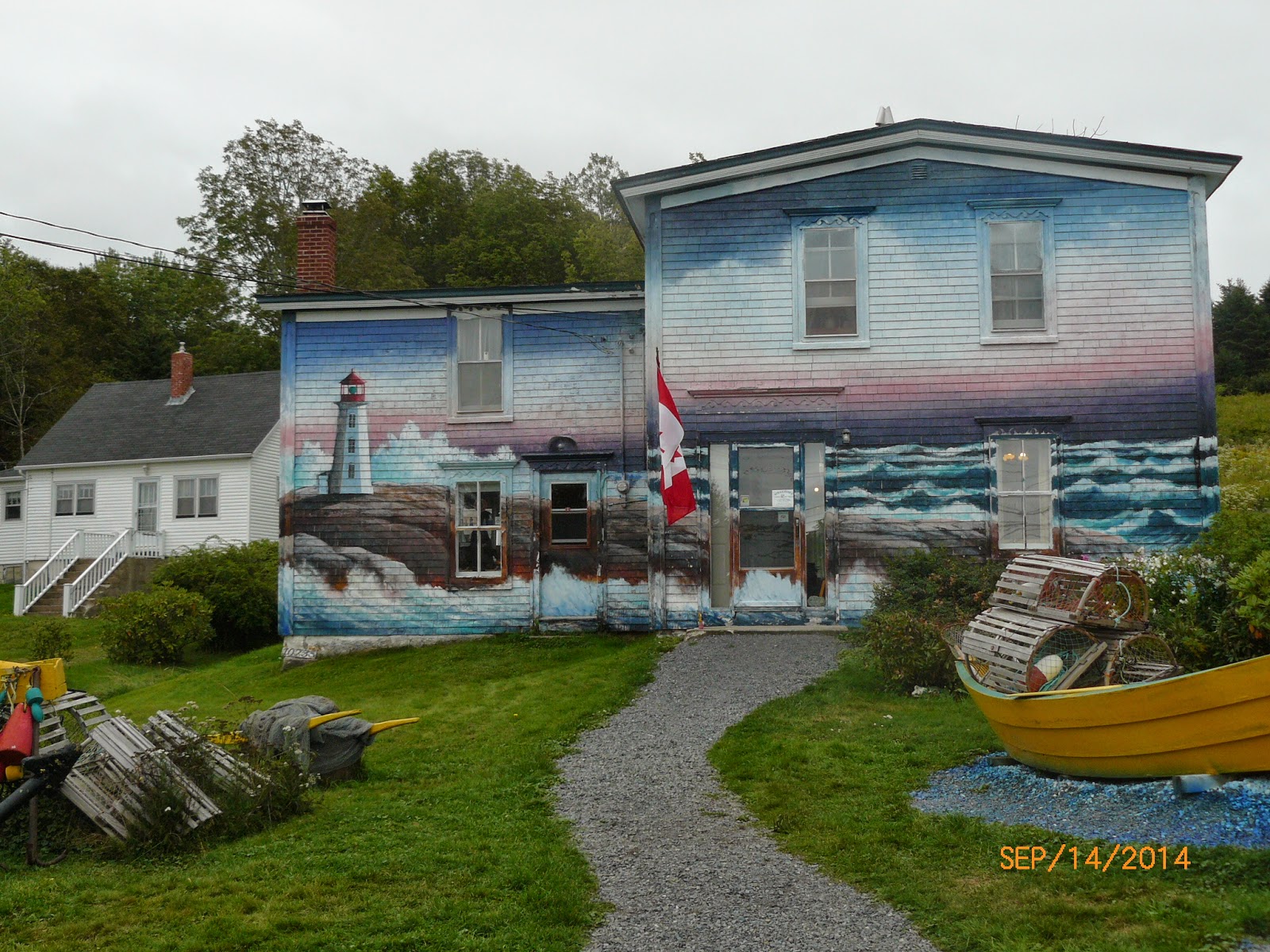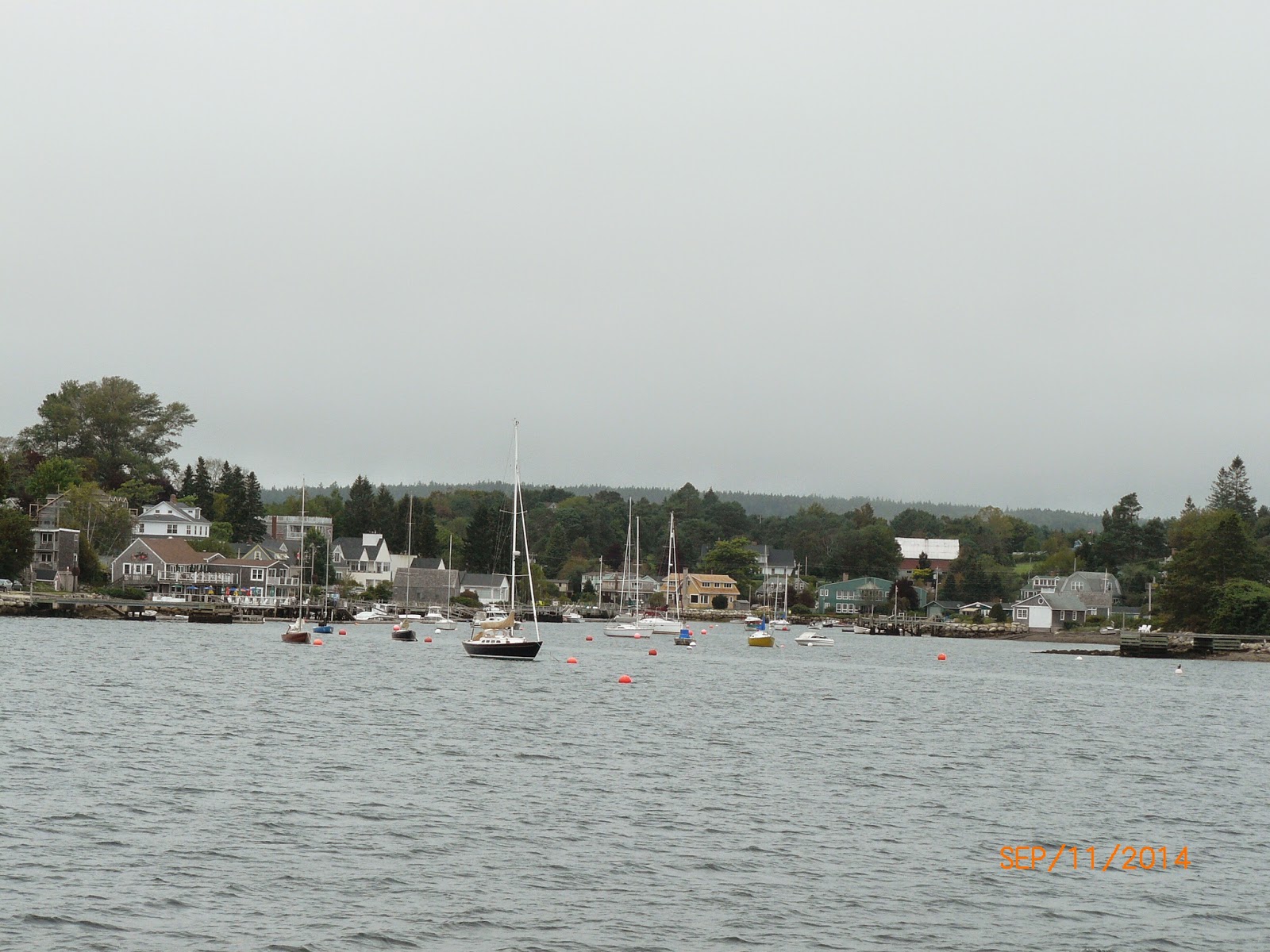
The Massachusetts State House built in 1798, also known as the "new" State House is located across from the Boston Common on the top of Beacon Hill. The land was once owned by Massachusetts first elected governor, John Hancock. Charles Bullfinch, the leading architect of the day, designed the building. The dome, originally made out of wood shingles, is now sheathed in copper and covered by 23 karat gold which was added to prevent leaks into the State House.In the House of Representatives chambers hangs a wooden codfish which is called the Sacred Cod. The Sacred Cod signifies the importance of the fishing industry to the Commonwealth. At the top of the golden dome sits a wooden pinecone which symbolizes logging in Boston during the 18th century.

Founded in 1969 as the Bull & Finch Pub, the original inspiration for the setting of the TV show Cheers was a favorite neighbor-hood bar. In fact, the year that the Cheers show premiered on television (1982) Boston Magazine chose the Bull & Finch Pub as the “Best Neighborhood Bar” in Boston. In the summer of 1981, a screenwriting couple from Hollywood happened into the Bull & Finch. The pair were searching all of Boston for a neighborhood bar to copy for their new TV series. They enjoyed the warm, cozy atmosphere that this Beacon Hill neighborhood pub provided and they decided to take pictures of the interior and exterior to take back to Hollywood. Upon their return, they gave the pictures to a set designer who utilized all of the architectural elements of the Bull & Finch and designed the set that was built on Paramount’s lot on Stage 25. They then cast the show, including all of the actors and actresses that we have come to know and love, shot the pilot and sold the pilot to NBC. “Cheers” premiered on September 30, 1982. The show was one of the most successful and most popular to ever be aired on television. During its 11 seasons on prime time, Cheers received over 100 nominations for Emmys and almost all of the participants in the show won an Emmy in their category. The show itself won “Best Comedy” several times. During those 11 years, 275 episodes were filmed and now provide a library of sitcom comedies that have been in syndication for many, many years and will be seen on television channels for many years to come.When you approach Cheers on Beacon Hill (we have stopped using the name Bull & Finch Pub because it has always been confusing to visitors of Boston), you will notice the exterior of the Hampshire House is a familiar one. You have seen it in the opening shots of the series as well as when the show returns from commercial breaks. This façade was filmed here in Boston. No replica was created in Hollywood, so you are seeing the real thing when you see the exterior of the Hampshire House at 84 Beacon Street.
This was the boat we took for our Boston Harbour cruise.
A beautiful view of the City of Boston from the harbour.

USS Constitution is the oldest commissioned warship afloat in the world. It was first launched in 1797. Constitution is one of six ships ordered for construction by George Washington to protect America's growing maritime interests. The ships greatest glory came during the war of 1812 when she defeated four British frigates which earned her the nickname "Old Ironsides," because cannon balls glanced off her thick hull. The ship was restored in 1927 with contributions from the nation's school children.
The Charlestown Navy Yard was built on what was once Mouton's or Morton's Point, the landing place of the British army prior to the Battle of Bunker Hill. It was one of the first shipyards built in the United States. During its 174 year history, hundreds of ships were built, repaired and modernized, including the World War II destroyer USS Cassin Young. Today, thirty acres of the Navy Yard are preserved by the National Park Service as part of Boston National Historical Park.
The Leonard P. Zakim Bunker Hill Memorial Bridge, part of The Big Dig Project in Boston, is one of the widest cable-stayed bridges in the world. The Bridge serves as the northern entrance to and exit from Boston. The Bridge is named after civil rights activist Lenny Zakim and the American colonists who fought the British in the Battle of Bunker Hill.

At the end of our day in Boston, checking out our train schedule back to Salem.
.jpg)



%2C%2BBoston%2C%2BMA.JPG)












































